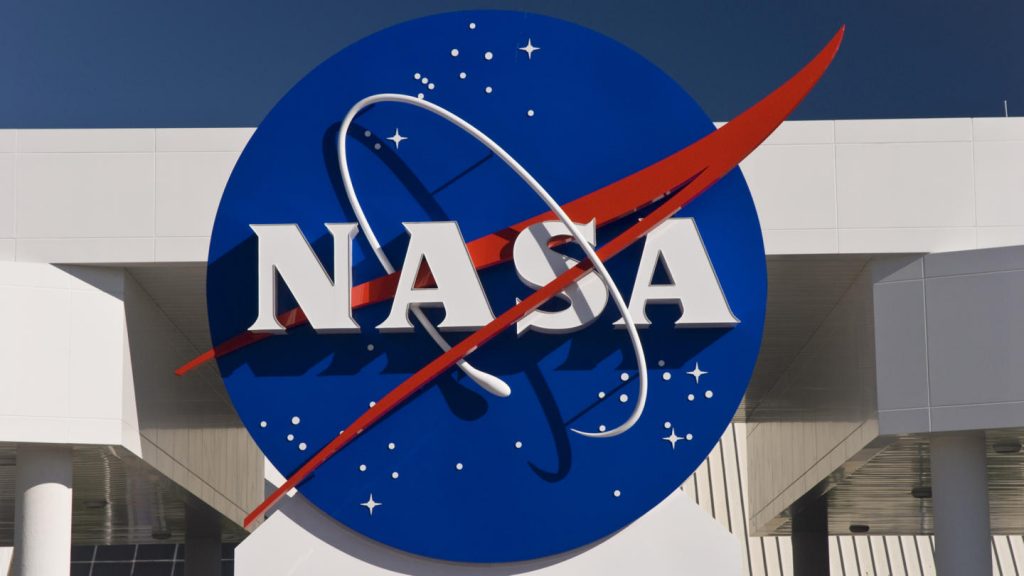Washington: The US space agency Thursday announced it has selected Elon Musk-run SpaceX, Jeff Bezos-owned Blue Origin and Dynetics (a Leidos company) to design and develop human landing systems (HLS) for the agency’s Artemis programme, one of which will land the first woman and next man on the surface of the Moon by 2024.
The total combined value for all awarded contracts is $967 million for the 10-month base period.
“With these contract awards, America is moving forward with the final step needed to land astronauts on the Moon by 2024, including the incredible moment when we will see the first woman set foot on the lunar surface,” said NASA Administrator Jim Bridenstine.
NASA is on track for sustainable human exploration of the Moon for the first time in history.
“This is the first time since the Apollo era that NASA has direct funding for a human landing system, and now we have companies on contract to do the work for the Artemis programme,” he said in a statement.
Blue Origin is developing the Integrated Lander Vehicle (ILV) – a three-stage lander to be launched on its own New Glenn Rocket System and ULA Vulcan launch system.
SpaceX is developing the Starship – a fully integrated lander that will use the SpaceX Super Heavy rocket.
Dynetics (a Leidos company) from Huntsville, Alabama, is working on the Dynetics Human Landing System (DHLS) – a single structure providing the ascent and descent capabilities that will launch on the ULA Vulcan launch system.
Fifty years ago, NASA’s Apollo Programme proved it is possible to land humans on the Moon and return them safely to Earth.
“We are on our way. With these awards, we begin an exciting partnership with the best of industry to accomplish the nation’s goals. We have much work ahead, especially over these next critical 10 months. I have high confidence that working with these teammates, we will succeed,” informed Douglas Loverro, NASA’s associate administrator for Human Explorations and Operations Mission Directorate in Washington.
NASA’s commercial partners will refine their lander concepts through the contract base period ending in February 2021.
During that time, the agency will evaluate which of the contractors will perform initial demonstration missions.
Charged with returning to the Moon in the next four years, NASA’s Artemis programme will reveal new knowledge about the Moon, Earth, and our origins in the solar system.
The human landing system is a vital part of NASA’s deep space exploration plans, along with the Space Launch System (SLS) rocket, Orion spacecraft, and Gateway.
NASA said it is returning to the Moon for scientific discovery, economic benefits, and inspiration for a new generation.
(IANS)
